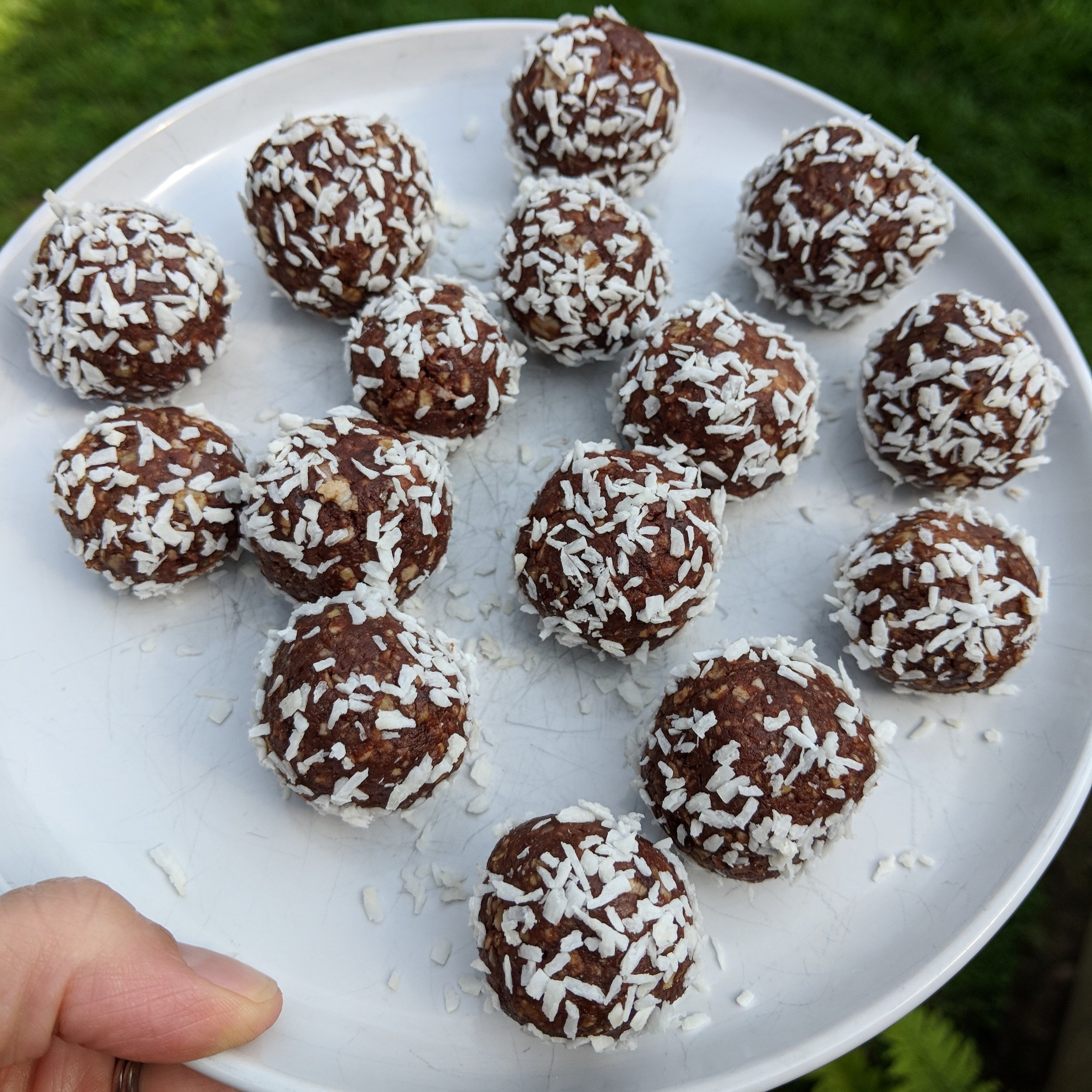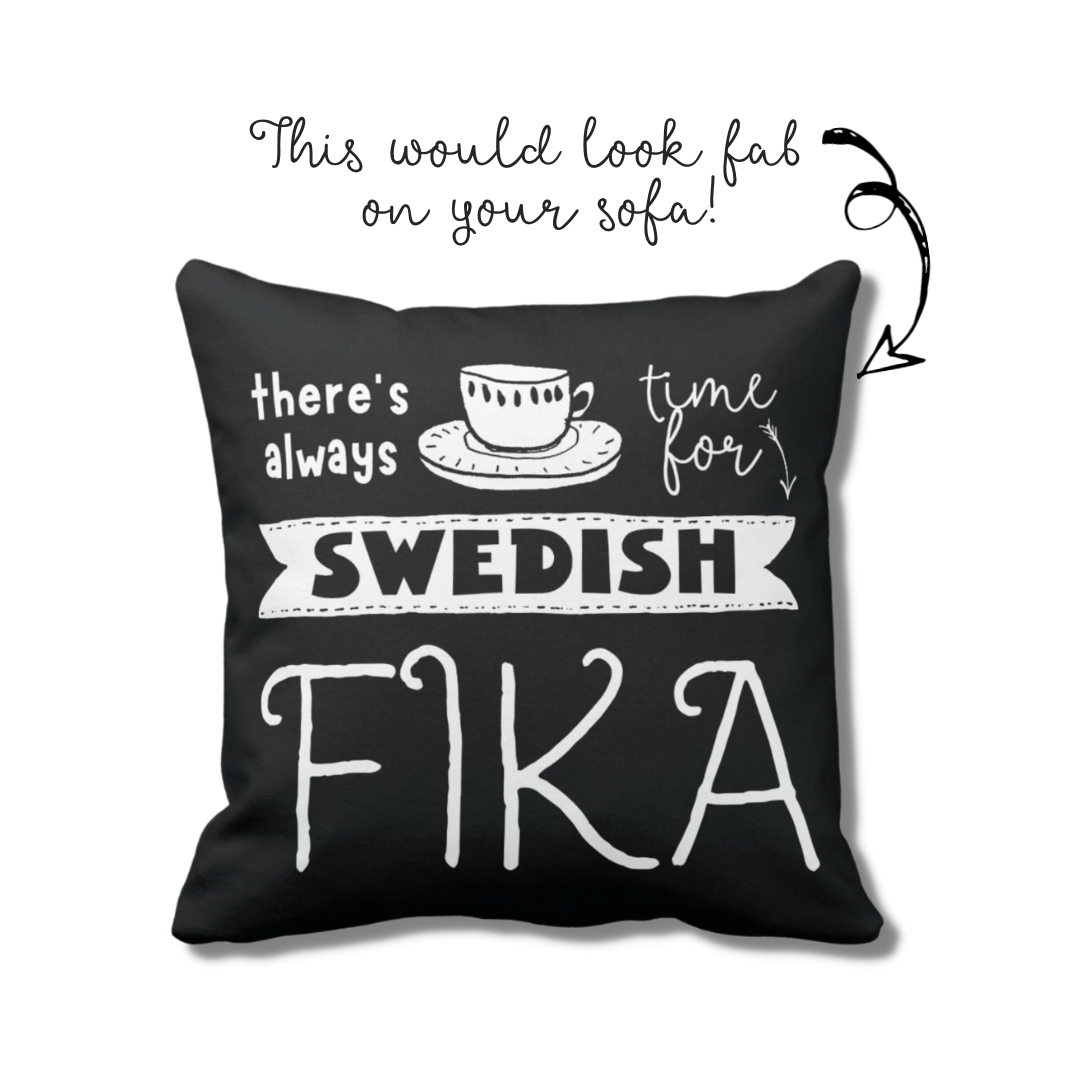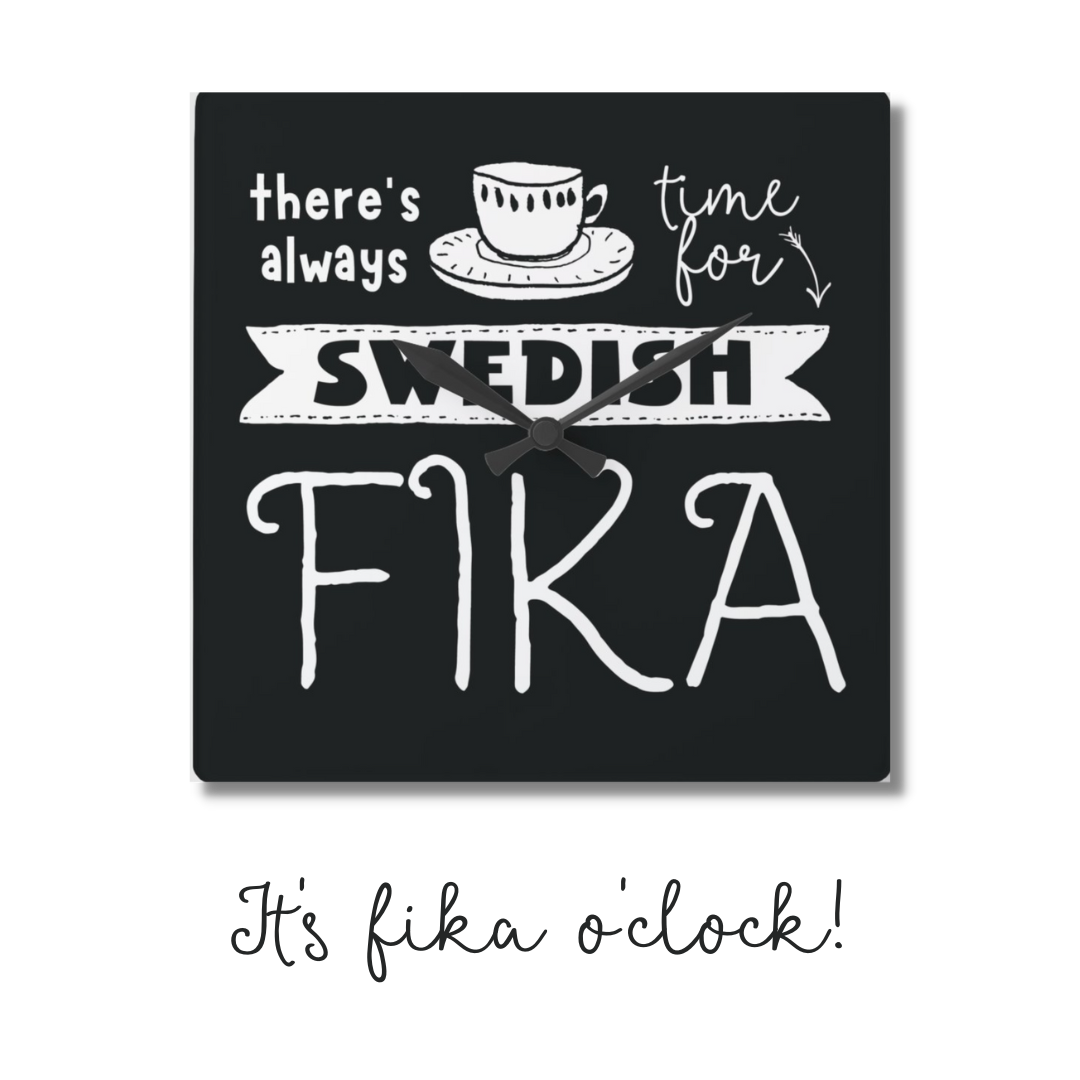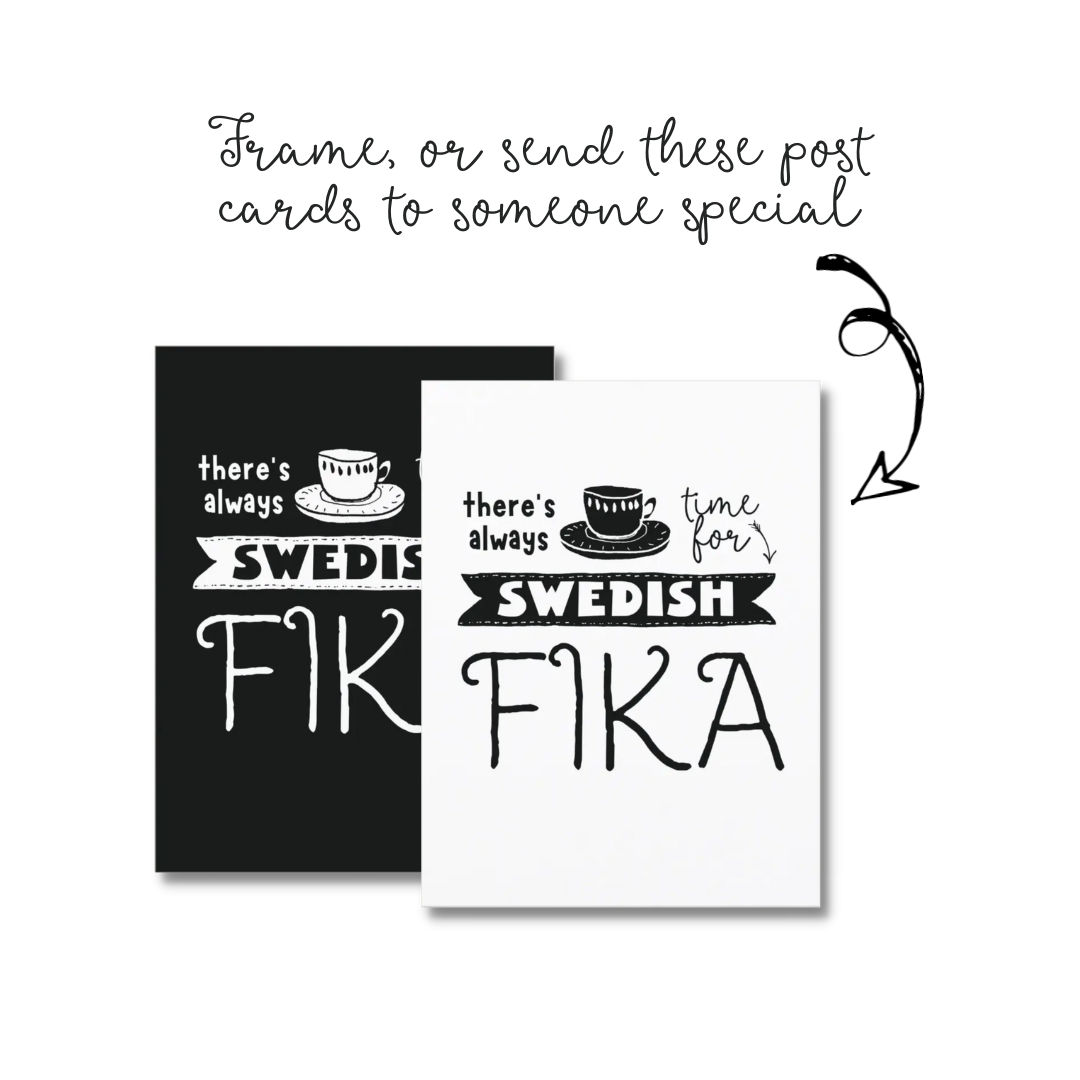What is Swedish Fika?
Oh it’s fika time! If you're not already familiar with this beloved Swedish tradition, you're in for a treat. So grab a cup of coffee (or tea, if that's more your thing), and let's dive in!
Where did the word fika come from?
According to linguist Lars-Gunnar Andersson, the word "fika" is thought to have originated from a form of backslang, where the letters of a word are reversed. In this case, the word "kaffi" (a variation of "coffee") was likely reversed to create the word "fika." This word was first recorded in the Swedish language in 1910, and since then has become associated with enjoying a cup of coffee or tea, often accompanied by a sweet treat.
What time is fika time?
But fika is not just about drinking coffee or tea, it's a cultural phenomenon that has been part of the Swedish way of life for over a century.
Fika is a social activity, often shared with friends, family, or colleagues. It's a moment of the day when people take a break from their daily routine, sit down, and enjoy a cup of something warm and a sweet treat. It's a time to relax and catch up with people. Fika is a way of slowing down and enjoying the moment, a custom deeply ingrained in Swedish culture.
Fika is usually taken at specific times of the day, usually once in the morning and once in the afternoon. In the workplace, it's common to have a fika break during paid working hours.
It can be enjoyed in the company's cafeteria or lunchroom, and it's a great way to bond with your coworkers.
Fika with chokladbollar, chocolate balls
Fika on the beach!
How do you pronounce Fika?
"Fika" is pronounced as "fee-ka" emphasising the second syllable.
What do you eat when having a Fika?
When it comes to food, fika is often accompanied by something sweet. Some traditional Swedish cakes that go well with fika include kanelbullar (cinnamon buns) or chokladbollar (chocolate balls). These treats are often homemade and are an essential part of the fika experience. It’s also common to have a savoury snack with fika, such as a sandwich or a yoghurt.
How to use the word fika
Using the word fika in daily use in Swedish is quite easy; it's both a verb and a noun.
As a verb, it's used to describe the act of having fika, for example "Vi ska fika nu" which means "We're going to have fika now." Or “Ska vi fika?” which means “do you want to fika?/Shall we fika?”.
As a noun, it's used to describe the event, for example "Ska vi ta en fika?” which means “shall we take a fika break?”
It's easy to use the word fika in daily conversation, and it's a great way to express the importance of taking a break and enjoying a moment of relaxation.
As you can see, fika is more than just a cup of coffee or tea, it's a cultural phenomenon that has been part of the Swedish way of life forever. It's a social activity, often shared with friends, family, or colleagues, and it's a moment of the day when people take a break from their daily routine, sit down, and enjoy a cup of something warm and a sweet treat. It's a time to relax and catch up with people; it could be the best time of day!
Happy fika!








